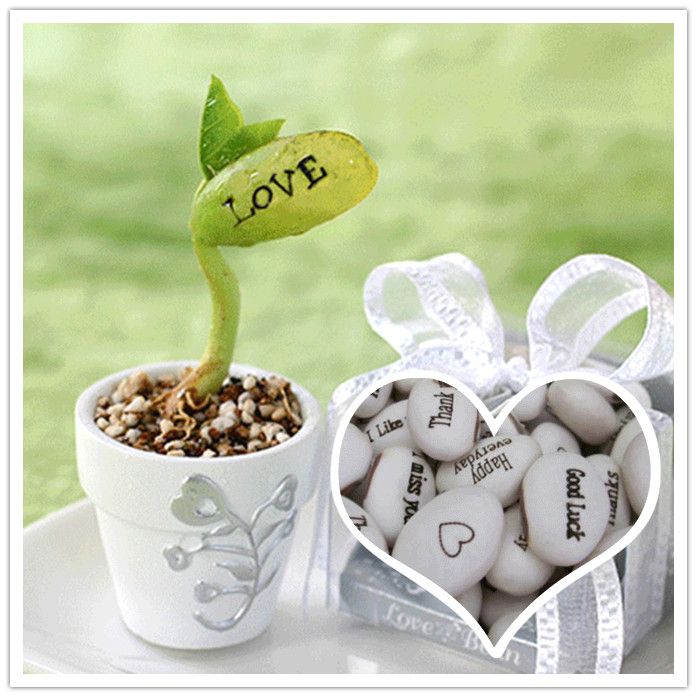
Due to the high concentrations of L-dopa (4–7%), velvet bean is a commercial source of this substance, used in the treatment of Parkinson's disease. have been reported to contain the toxic compounds L-dopa and hallucinogenic tryptamines, and anti-nutritional factors such as phenols and tannins (Awang et al., 1997). Like most legumes, the velvet bean has the potential to fix atmospheric nitrogen via a symbiotic relationship with soil microorganisms. The genus thrives best under warm, moist conditions, below 1500 m above sea level, and in areas with plentiful rainfall.

exhibit reasonable tolerance to a number of abiotic stresses, including drought, low soil fertility, and high soil acidity, although they are sensitive to frost and grow poorly in cold, wet soils (Duke, 1981). In India, the mature seeds of Mucuna bean are traditionally consumed by a South Indian hill tribe, the Kanikkars, after repeated boiling to remove anti-nutritional factors. They are of a rich dark brown color, and thickly covered with stiff hairs. The pods or legumes are hairy, thick, and leathery averaging 4 inches long are shaped like violin sound holes and contain four to six seeds.
The plant has long, slender branches alternate, lanceolate leaves and white flowers with a bluish-purple, butterfly-shaped corolla. It is cultivated in Asia, America, Africa, and the Pacific Islands, where its pods are used as a vegetable for human consumption, and its young leaves are used as animal fodder. The velvet bean has been traditionally used as a food source by certain ethnic groups in a number of countries. It is one of the most popular green crops currently known in the tropics velvet beans have great potential as both food and feed as suggested by experiences worldwide. pruriens, widely known as “velvet bean,” is a vigorous annual climbing legume originally from southern China and eastern India, where it was at one time widely cultivated as a green vegetable crop (Duke, 1981). The nonstinging types, known as “velvet bean” have appressed, silky hairs. Human contact results in an intensely itchy dermatitis, caused by mucunain (Infante et al., 1990). “Cowitch” and “cowhage” are the common English names of Mucuna types with abundant, long stinging hairs on the pod. The main differences among cultivated species are in the characteristics of the pubescence on the pod, the seed color, and the number of days to harvest of the pod. found in the tropics probably result from fragmentation deriving from the Asian cultigen, and there are numerous crosses and hybrids (Bailey and Bailey, 1976).

It is therefore regarded a good source of food. It is considered a viable source of dietary proteins (Janardhanan et al., 2003 Pugalenthi et al., 2005) due to its high protein concentration (23–35%) in addition its digestibility, which is comparable to that of other pulses such as soybean, rice bean, and lima bean (Gurumoorthi et al., 2003). Among the various under-utilized wild legumes, the velvet bean Mucuna pruriens is widespread in tropical and sub-tropical regions of the world. The genus Mucuna, belonging to the Fabaceae family, sub family Papilionaceae, includes approximately 150 species of annual and perennial legumes.


 0 kommentar(er)
0 kommentar(er)
